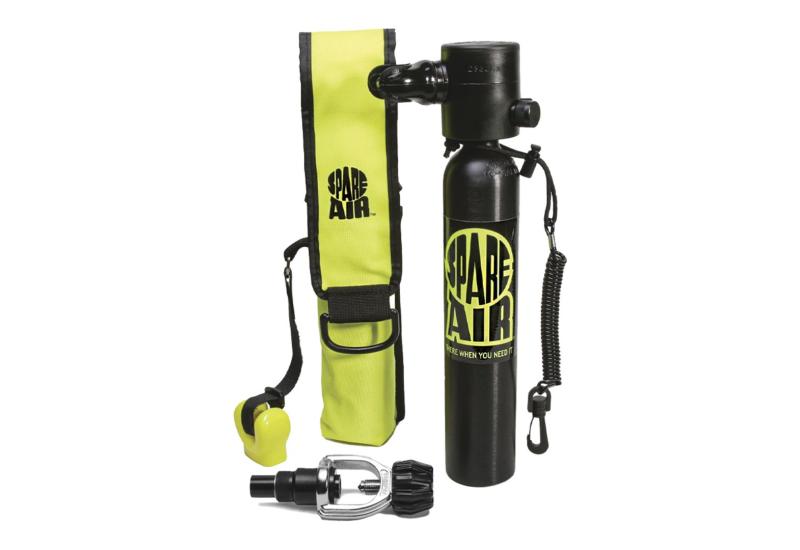How to Take Care of Your Dive Knife

Scuba DivingYour dive knife needs TLC so you won't have to replace it.
Think about all the uses for a dive knife: It can get you out of a jam — an underwater entanglement, for example — double as a reef hook if you’re in heavy current and want to remain stationary, or serve as a tank-banger to get your buddy’s attention. But a dive knife needs some TLC to allow it to do all these jobs and to keep it from rusting, dulling or breaking.
BEFORE YOU DIVE
- Inspect for corrosion, including checking the blade and locking mechanism
- Clean very light corrosion or buildup with a towel or toothbrush
- Check locking mechanism or sheath lock for proper operation
- Lubricate the lock or opening mechanism with silicone when needed

CressiCressi’s Giant Dive Knife is made from tempered AISI 420 steel with a black coating. The 400 alloy holds its edge better than the 300 one.
AFTER YOU DIVE
- Rinse thoroughly; remove from sheath and operate any moving parts while soaking to dislodge sand or other debris
- Dry thoroughly
- Apply a light coat of silicone to prevent corrosion; don’t use petroleum-based lube
WHY YOUR DIVE KNIFE NEEDS MAINTENANCE
Before cleaning your knife, keep in mind the type of material used to forge the blade. The two materials most commonly used in a knife’s blade are titanium and steel.
Titanium knives are very strong and lightweight, but they can be hard to sharpen and they can be expensive.
Stainless-steel dive knives are easy to sharpen and come with a lower price tag, but they require more maintenance to prevent them from rusting. If you get a steel knife, follow the tips above after each dive.










